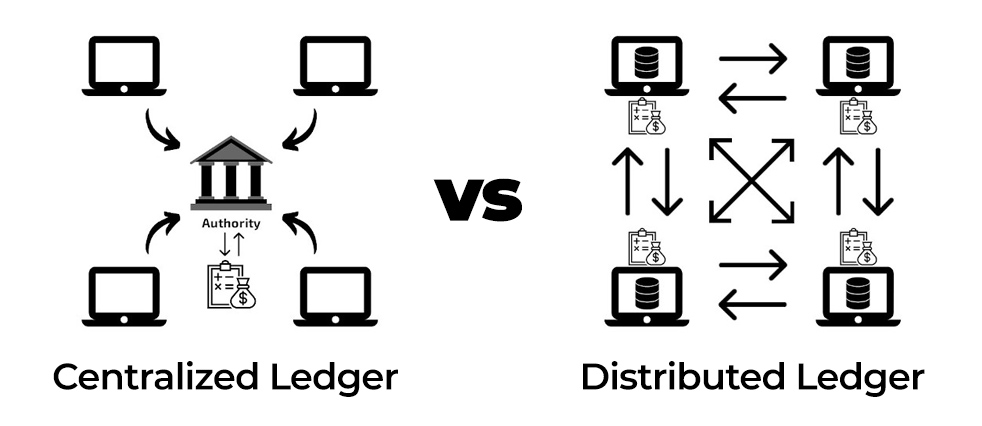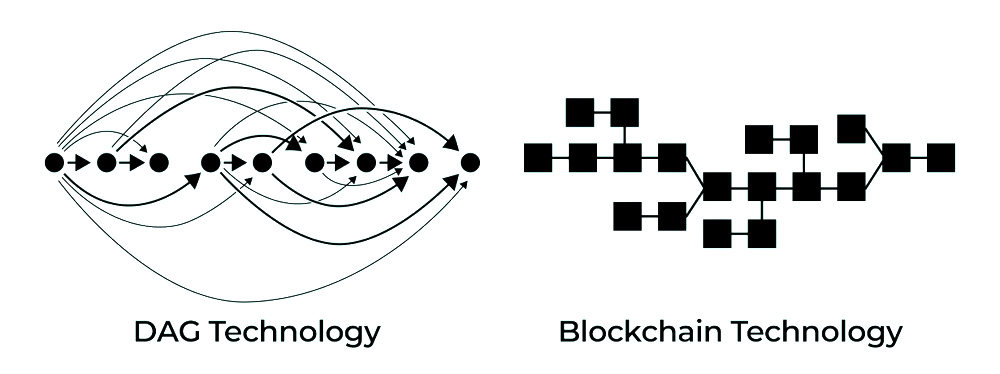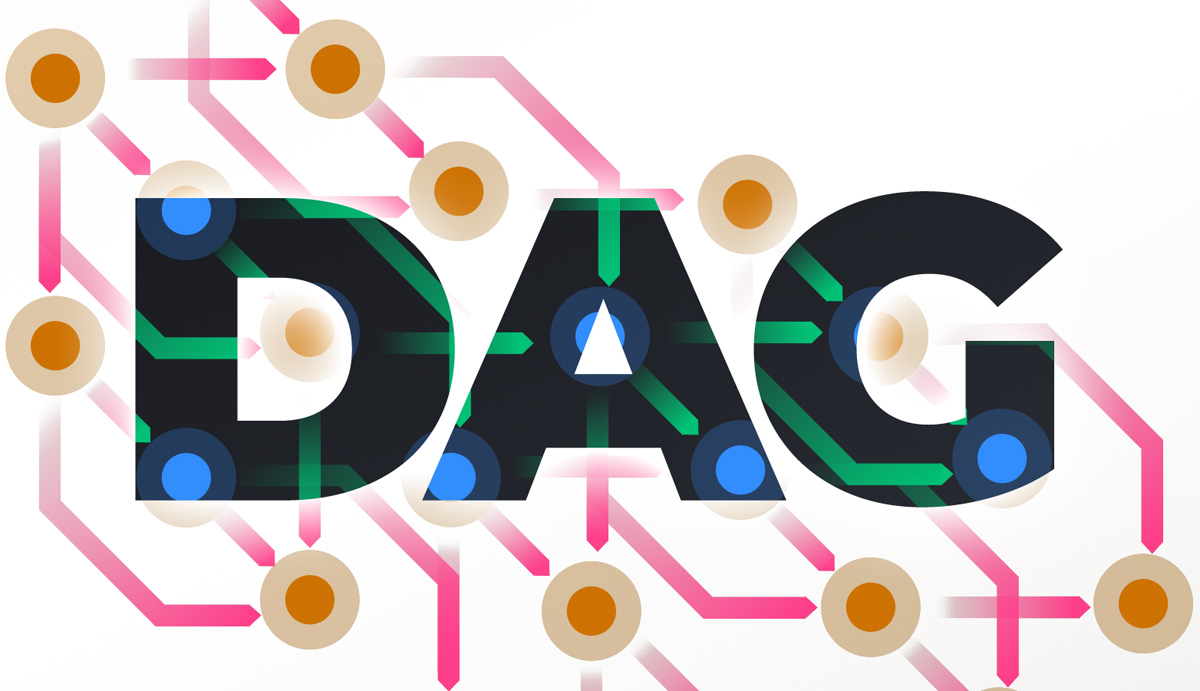Introduction
Bitcoin first unveiled a blockchain-based secured cryptocurrency on a global scale, which we categorized in the Digital Currency class. When we talk about cryptocurrency, the first infrastructure technology that comes to mind is blockchain technology.
To better understand, the blockchain uses a technology known as Distributed Ledgers (DLT) such as Hashgraph, DAG, and Holochain that do the work of data storage. In this article, we will compare DAG and Blockchain, among the most productive DLTs in the world of cryptocurrencies.
What is the Distributed Ledger Technology (DLT)?
The distributed ledger is a database spread across several nodes or computing devices. Each node reproduces and stores an identical copy of the ledger and is transmitted, stored, and independently updated. When the ledger is updated, each user provides a new transaction, and then the nodes vote on which copy is correct a shared to the ledger. In the end, all the other nodes will update the latest copy of the ledger.

Examining the Structure of Blockchain & DAG
DAG and blockchain are data structures that allow storing information in a digital ledger differently. Since it is possible to develop cryptocurrency in both Dag and Blockchain, it is possible to encourage network participants through token rewards. Unlike blockchain, DAG is less well-known.
A Directed Acyclic Graph (DAG) is composed of spheres and the lines connecting them, which are along each other in the same direction. DAG is a graphical data structure with topological order that only extends the sequence from before to later and data or information connected by one-way lines.
Projects such as IOTA, NANO, Fantom Network, and Hedra use directed acyclic graph variants to store their data. Unlike most blockchains, the boiler structure is not linear; a DAG is like a tree, and its branches are out from one transaction to another. No blocks of transactions form in the DAG structure, and instead, transaction networks are directly linked. In a DAG structure, all users create the transaction and verify it.
For example, for confirming a transaction in IOTA, users must confirm two previous transactions and dedicate some of their computing power to the network. Please note that network users cannot verify and approve their transactions.
Since DAGs do not need to be mined and can refer several transactions to previous transactions simultaneously, they are small in volume and have a small fee. However, the decentralization and security of a DAG depend on the number of transactions currently in progress. Reduced transaction volume makes DAGs vulnerable to attack.

Blockchain vs. DAG Technology
- Speed
The higher transaction confirmation speed is one of DAG’s main advantages. In a blockchain network, there is always a waiting time for each phase which begins with transaction registration and confirmation, and in blockchain technology, we know it called Block Time. The problem of block time does not exist in dag-based protocols, reducing latency. - Scalability
- The issue of scalability is a vexing challenge in most proof-of-work blockchain networks. To achieve scalability in a blockchain network, increasing the number of nodes may be necessary. This possibility is not always practical, and congestion increases the block time.
- Energy Consumption
- Blockchain requires miners to solve computational puzzles to verify and add new transactions to a blockchain block. These miners consume a high amount of electricity to mine only a single block, leading to enormous electricity consumption. However, in the DAG algorithm, there is no concept of mining. When a transaction is registered, a new transaction verifies by two previous transactions before.
- Internet of Things (IoT)
The Internet of Things is expanding rapidly. For example, paying for a fitness app with the help of a smartwatch. Millions of people worldwide make such transactions daily, and the number of IoT users increases daily, which requires a fast and financially more reasonable payment infrastructure, which shows the considerable superiority of the DAG in comparison with blockchain technology.
Conclusion
As we explained earlier in this article, DAG and blockchain data structures have their weaknesses and limitations, and the decision to use which data structure model ultimately depends on the needs and goals of that platform.
